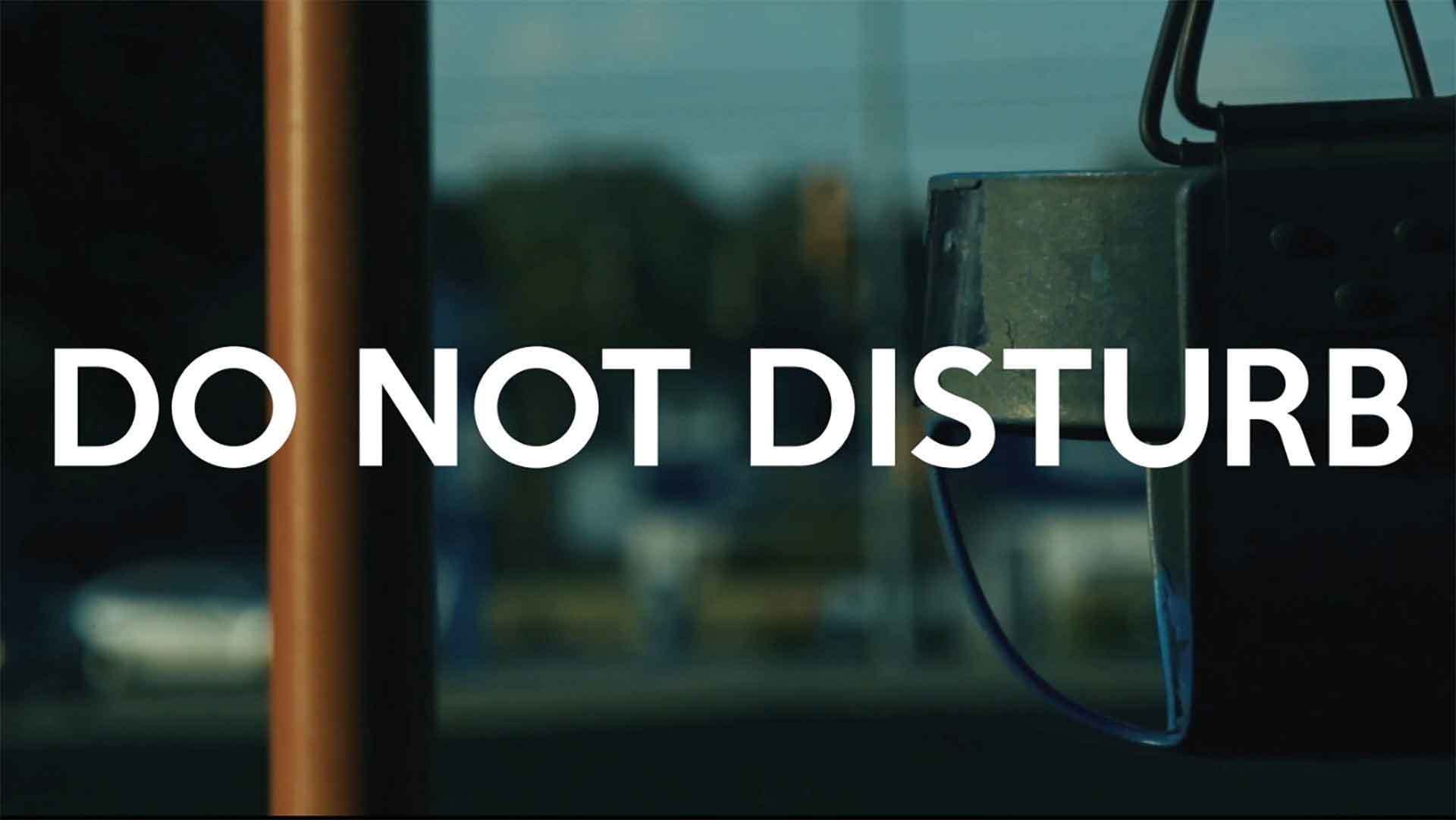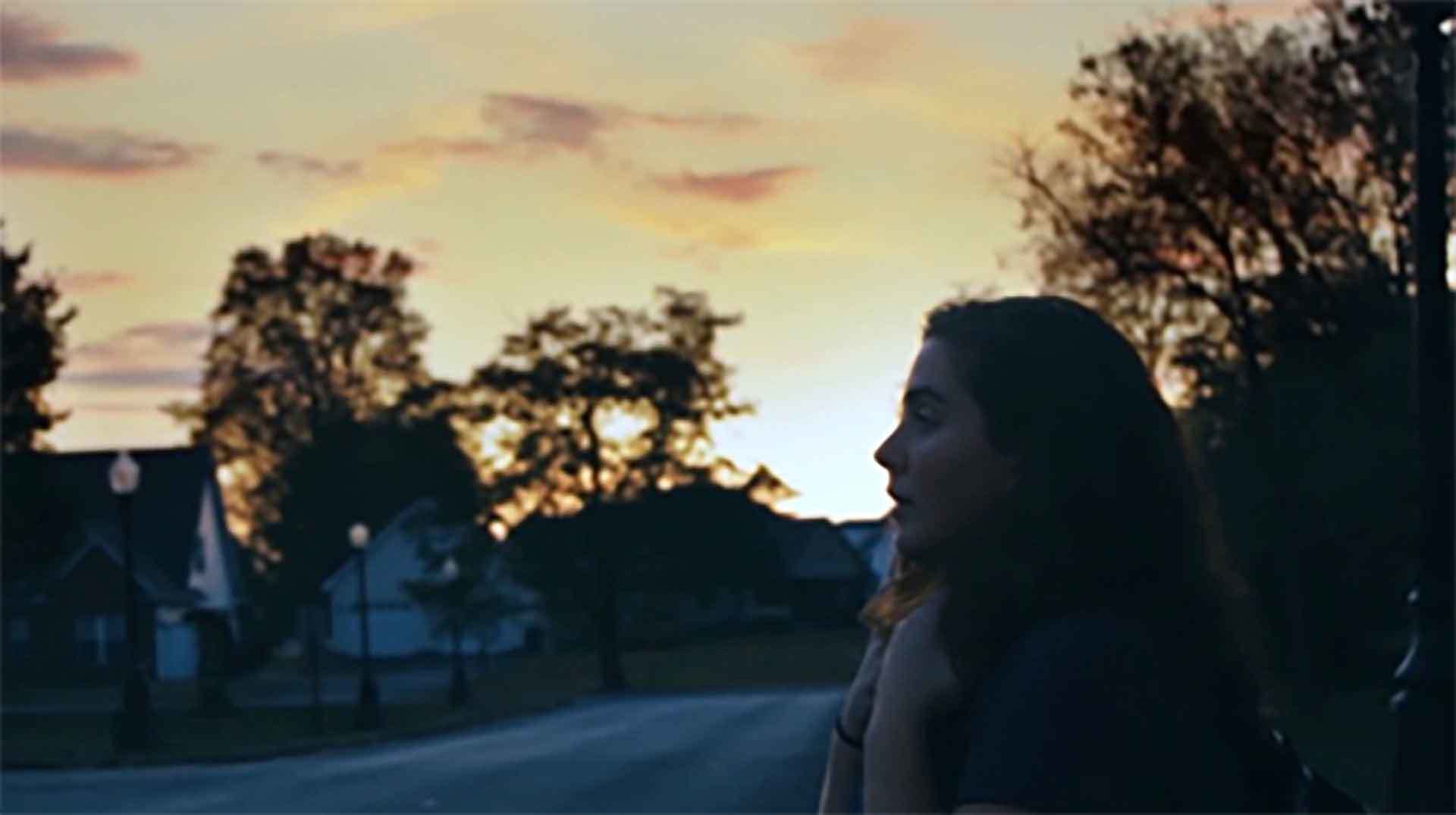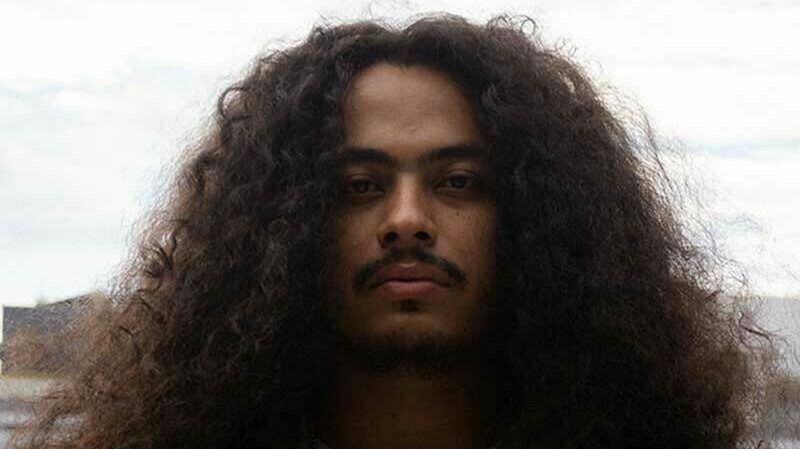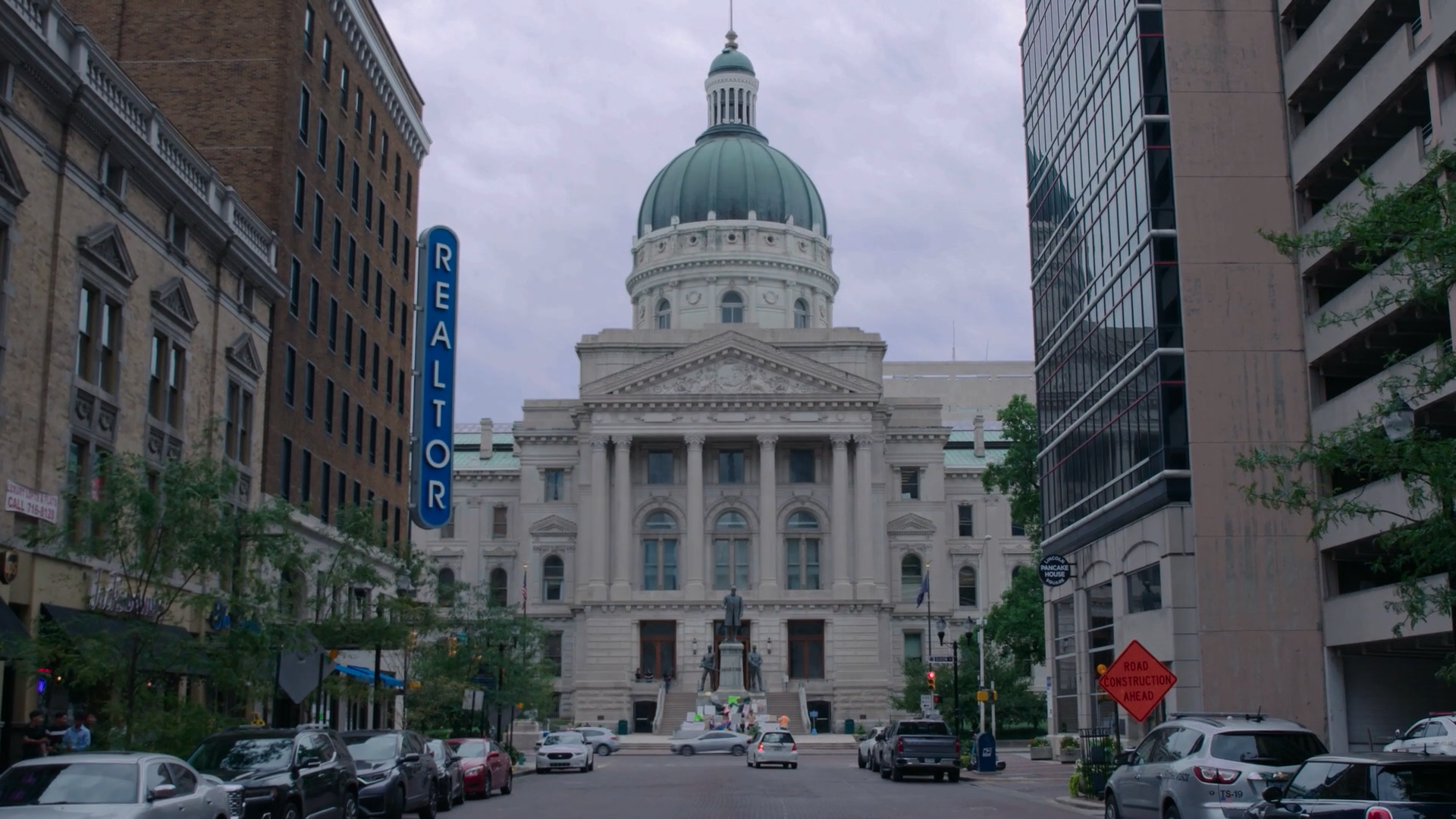Q&A with the Filmmakers of 'Do Not Disturb' Mackenzie Rosario and JT Boehme

WSIU spoke with Filmmakers Mackenzie Rosario and JT Boehme, on their inspiration behind their story "Do Not Disturb."
WSIU: What was your inspiration to make a film about texting and driving? How did you approach this storyline to make it original?
JT: Since this film was created for a class project in a cinema course at Southern Illinois University Carbondale, we were in a time crunch to come up with an idea for a short film. We realized that public service announcements are fairly easy to make and decided to do texting and driving.
Mackenzie: We used a topic that was broad and made it specific to what we wanted to do. The way we made it our own was by paying attention to the color scheme, clothing, and the contrast between day and night. We used this opportunity to develop our aesthetic to make the film original.

WSIU: What challenges did you face with casting, lighting, sound, etcetera? How did you solve the problems you encountered? What did you learn while making the film?
JT: The shot that helped carry the production of the film was the car crash scene. That was the shot I had in my head that I couldn’t wait to do. When we started filming, we started to encounter problems. An example of a problem we faced was to make a still car look like it is driving down the road. We set up a giant black tarp to give the illusion of movement, but it kept falling over. I had to make sure the camera was shaking enough to look like they were driving, but not too much so the audience could see what was going on. The car crash scene was the most difficult to film, but through problem-solving, it turned out alright.
Mackenzie: We did a lot of problem-solving while making this film. “Do Not Disturb” was the first short film we made during the course, and we were only a two-person crew. JT and I served in all roles, such as director, cinematographer, writer, lighting, sound. The biggest challenge was the lack of people, but we learned that we don’t need an entire crew to make a good film as long as we have good communication with each other. Ultimately, we got it done, but it was not the easiest film to make.
WSIU: How closely did you follow the original script? Do you feel like the final result was true to the original concept? In what ways did it change and what caused the changes?
Mackenzie: Our requirement for this class project was to follow the script and storyboard as closely as possible. I will say we made some creative changes along the way. When we were in the field recording and felt like we needed to change a shot on our storyboard to improve the film, we did that. After turning in the final film and explaining to our instructor why we decided to make the changes, he understood.
JT: We were worried that we would get in trouble if we strayed from the original storyboard, but we did it because we were both willing to sacrifice part of the grade if the outcome were better. We were inspired by our surroundings and were not scared to improvise if we felt it would benefit the film. Thankfully, we did not have to sacrifice part of the grade.
WSIU: Who is your intended audience? What message do you hope for others to take away from your film?
JT: Our intended audience is probably people in similar age groups as us. That is the audience we inevitably reach because we are student filmmakers.
Mackenzie: Ideally, our audience is anyone who relates to the film. Our goal is to make the audience realize this is a serious issue and hopefully cause someone to think twice before texting behind the wheel.
WSIU: What was your hope for the film -- your final project in the class? Did you achieve it?
Mackenzie: Our hope for the final project was to get an “A” because it was a class assignment. We achieved this goal by getting an “A” on the project and we exceeded that expectation by making it into the PBS Short Film Festival with the help of WSIU, the public media station of Southern Illinois University. We could not have achieved our goals without teamwork and dedication.
Do Not Disturb

About the Author
More like this
Visit the Behind The Lens Blog


